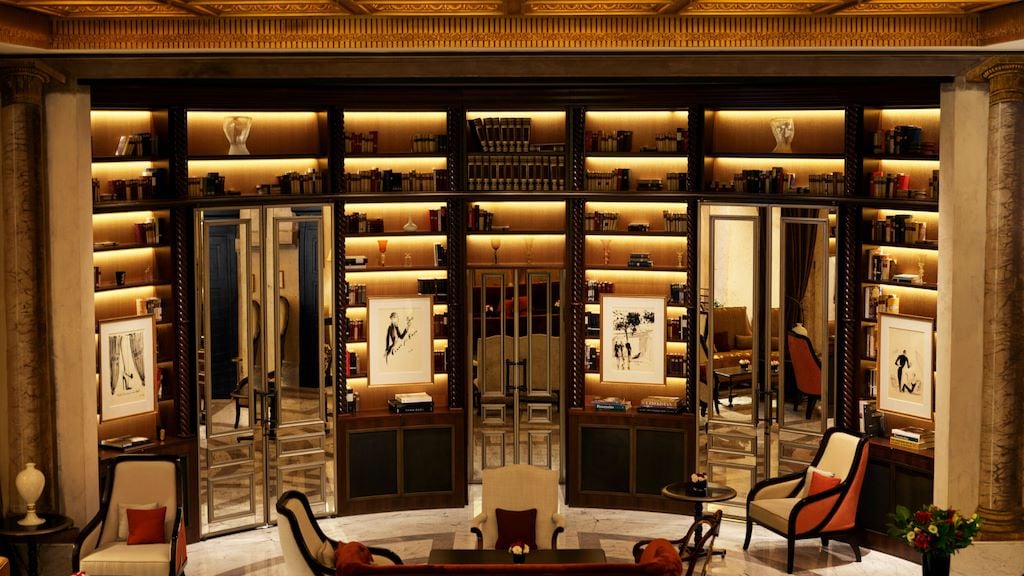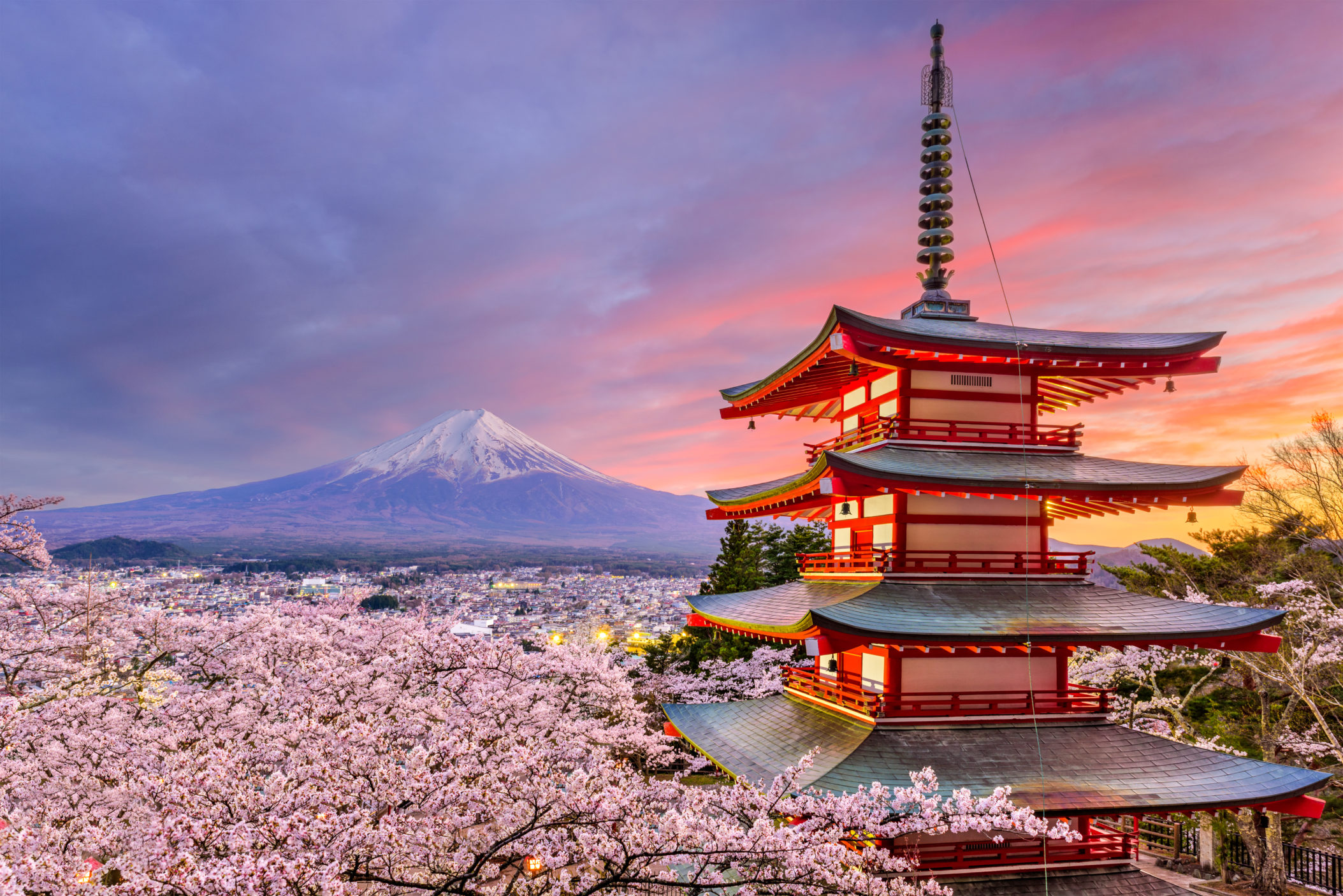Elegance and magnificence join hands in locations with a unique charm . The historic hotels of Rome are treasure chests capable of jealously guarding an unrepeatable past. From the first Renaissance inns to the Parisian-style hotels of the late nineteenth and early twentieth centuries, where writers, artists, scientists, kings, princes and ambassadors stayed in their rooms. In the heart of the Eternal City, the Holy See and the places of national politics coexist: culture, power, wealth, art and beauty are inextricably intertwined and make ancient buildings even more fascinating, many of which are now splendid luxury hotels . A short tour among some of the most precious pearls of the Capital.

Hotel Locarno
Liberty doors, green and gold Venetian tapestries, 1920s aesthetics and the charm of a place where time seems to have stopped. Hotel Locarno holds centuries-old tales and secrets. The works of art and prints on the walls recall the history of the building, such as the poster that became the hotel’s logo created by the silent film illustrator Anselmo Ballester. Living room of the literary elite, since its birth in 1925, the hotel quickly became a meeting place for Hollywood stars and artists of all kinds. Among the most loyal customers it is impossible not to mention characters with refined creativity such as Federico Fellini, Wes Anderson and Lucio Dalla.
Hotel Eden
In 1883 the Ludovisi family put some land occupied by vineyards up for sale to build the neighborhood of Rome that today bears their name. Not far from Trinità dei Monti, the architect Francesco Settimi designed a sumptuous four-story building initially intended for elegant apartments. Francesco Nistelweck saw a great opportunity, the fortune of which has reached us today. For over 130 years, the Eden hotel has welcomed exclusive customers who want to treat themselves to a Roman stay worth a thousand and one nights. The five-star luxury hotel is now part of the Dorchester Collection group, which includes among others The Beverly Hills Hotel and Le Meurice in Paris. An impressive restoration in 2017 made the structure even more exclusive: the rooms, from 121 to 98, with a 200 square meter penthouse complete with telescope, which was the meeting place between Bulgari and Louis Vuitton.
The Westin Excelsior
Picasso, De Chirico, Marinetti, Boccioni, Ungaretti; but also kings and princes. Since January 17, 1906, the day of its inauguration under the name Hotel Excelsior, The Westin Excelsior has been synonymous with exclusivity. It was first a literary salon and then an emblem of the Dolce Vita . Thanks to Fellini’s films it became the theater of Hollywood on the Tiber. Today the most exclusive residence is Villa La Cupola, on the top floor of the hotel. The entire structure, with private terraces, antique furniture, fine fabrics and refined marbles, is in perfect balance between past and future, thanks also to the hi-tech comforts that customers can enjoy. Highlight: the hall with the frescoed dome, inspired by the palaces of Rome.
Russia Hotel
Designed at the beginning of the 19th century by the brilliant architect Giuseppe Valadier, who also redesigned the nearby Piazza del Popolo, the Hotel de Russie is an unparalleled concentration of international history. The Secret Garden, also Valadier’s brainchild, boasts 2,800 square meters of terraced gardens, full of palm trees, yew trees and climbing white roses. Pablo Picasso and the poet Jean Cocteau were guests in a suite while they imagined, in 1917, staging the first Cubist ballet in history.
dedicated to the great dancer and choreographer, is the most prestigious of the hotel: top floor, 172 square meters with hall, bright entrance with study and bookcase, comfortable living room and adjoining dining room with 50′ plasma TV and a fully equipped bar. The refined allure continues in the Secret Garden, which houses the famous Stravinskij Bar, one of the few intact nineteenth-century parks in the city, included in the Charter of Historic Gardens as a “work of art, cultural asset, architectural and environmental resource”.
Rome Cavalieri, A Waldorf Astoria Hotel
A resort surrounded by greenery a stone’s throw from the center and San Pietro, an exclusive atmosphere of times gone by, a glorious past and a look straight to the future. The Rome Cavalieri, A Waldorf Astoria Hotel is a popular destination for international travelers but is also very popular with Romans. The range of comforts offered is of the highest level. They range from the large swimming pools to the possibility of enjoying an aperitif at sunset, far from the frenzy of the city, up to the three Michelin star restaurant La Pergola , with a panoramic terrace which alone is worth the price of the trip.
Inaugurated by Conrad Hilton under the name of Rome Cavalieri Hilton , it opened its doors in June 1963 and was in fact the first large cosmopolitan and international hotel in the Eternal City in which the customer could enjoy relaxation in an immense park. It is an example of 1960s modular architecture, created from a project by Ugo Luccichenti, with the participation of Nervi. The interior decoration was entrusted to Franco Albini, who set up a grandiose hotel, but which respected the canons of linearity and minimalism in vogue at the time. The location on the Monte Mario hill has always offered the most evocative view of the city.
Hotel St. Regis
The Grand Hotel in Rome, renamed Hotel St. Regis after becoming part of the famous luxury hotel group, is undoubtedly one of Rome’s shiniest jewels. The building is spread over four floors plus the mezzanine, with the main facade overlooking Via Vittorio Emanuele Orlando. The side façade overlooking Piazza delle Terme still bears the original Le Grand Hotel writing on the cornice. The whole complex was imagined as an ideal continuation of the Baths of Diocletian; structure restored in 2018 by designer Pierre-Yves Rochon who based himself on the original appearance of the interiors of 1894 and the restorations of 1906.
The lobby, built in 1906 by the famous Parisian architect René Sergent, in the French style of the Louis XVI era, is one of the many jewels in the St. Regis’s cap. Illuminated by a gigantic Murano blown glass chandelier, the space is delimited by columns and arches: the Lumen Lounge & Bar communicates with the sapphire blue library, furnished with Empire crystal chandeliers, Venetian mirrors and a fireplace covered in black marble.













Leave a comment